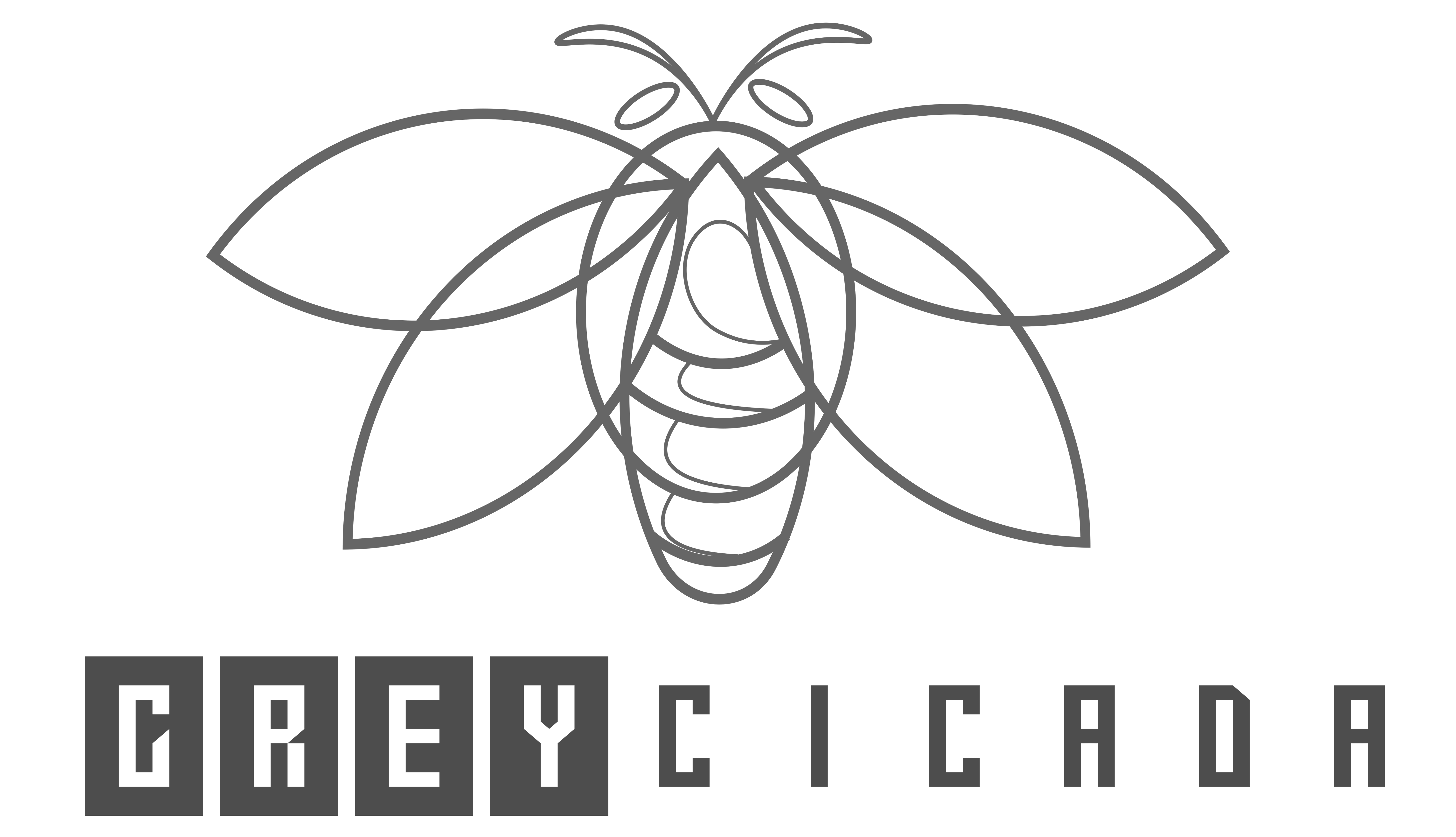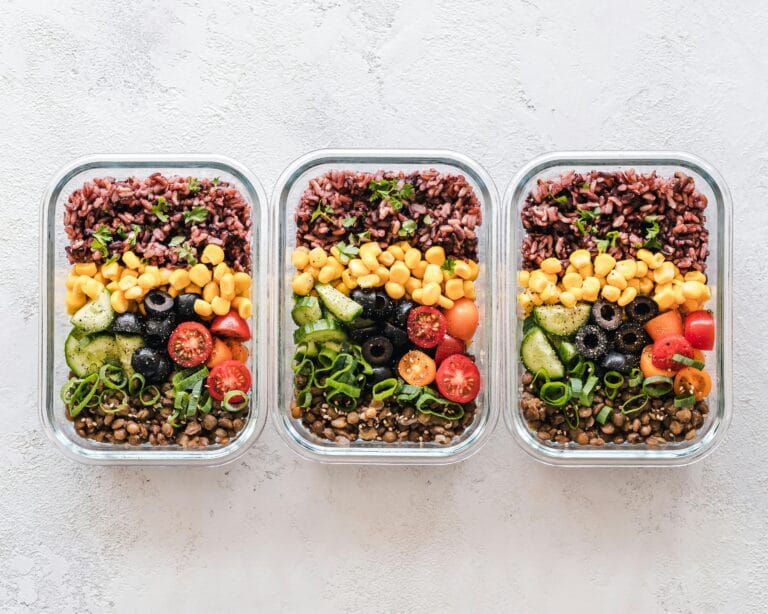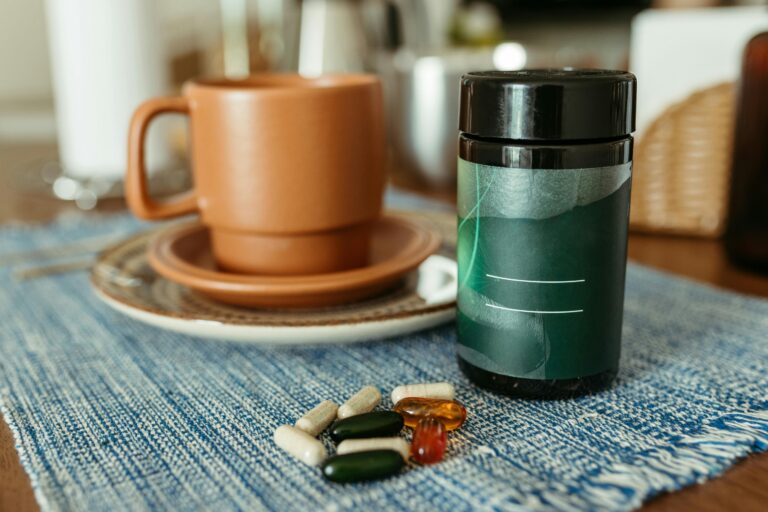FREE SHIPPING OVER $50
Think Fruit Juice Is Healthy? These 10 Foods Could Be Sabotaging Your Blood Sugar

We all try to make healthy choices. We swap soda for fruit juice, reach for a granola bar for a quick breakfast, and opt for a salad dressing that claims to be “low-fat.” We’ve been told these foods are good for us, so we trust their marketing and feel confident we’re on the right track. But what if many of these seemingly healthy foods are actually working against you, filled with hidden sugars and refined ingredients that are silently wreaking havoc on your blood sugar?
This silent sabotage is far more common than you think. While you may be avoiding obvious culprits like candy and cookies, many of the foods in your pantry and refrigerator are causing a hidden blood sugar rollercoaster. In this article, we’ll reveal 10 of these seemingly innocent foods. We’ll show you exactly how they are sabotaging your health and provide simple, expert-backed swaps so you can make truly informed and healthier choices for your body.
The Unseen Culprit: How “Healthy” Foods Hijack Your Blood Sugar
To understand the problem, you need to understand the science. Every time you eat a carbohydrate, your body breaks it down into glucose, or blood sugar. To manage this sugar, your pancreas releases insulin, which helps move the glucose from your blood into your cells for energy.
When you eat a food that is high in sugar and low in fiber, this process happens far too quickly. Your blood sugar spikes rapidly, forcing your pancreas to release a massive amount of insulin to bring the sugar back down. This is the glucose and insulin rollercoaster, and it can have significant consequences. Over time, these chronic spikes and crashes can lead to insulin resistance, which is a major precursor to prediabetes and type 2 diabetes. It also leaves you feeling tired, irritable, and craving more sugary foods, trapping you in a cycle of highs and lows.
Many of the foods on this list create this exact effect, even though they are sold as part of a healthy lifestyle.
10 Foods That Secretly Sabotage Your Blood Sugar
Here are 10 seemingly healthy foods that you might want to reconsider if you are serious about stable blood sugar.
1. Fruit Juice
The Problem: This is the ultimate “healthy” impostor. While it comes from fruit, the juicing process removes all the fiber, leaving you with just concentrated sugar water. This liquid sugar is absorbed almost instantly into your bloodstream, causing a massive blood sugar spike with none of the benefits of whole fruit.
The Swap: Eat a whole piece of fruit instead. The fiber slows down sugar absorption, providing your body with a steady supply of energy without the dramatic crash.
2. Granola
The Problem: Granola has a reputation as a health food, but a quick look at the nutrition facts label tells a different story. Many brands are loaded with added sugars like honey, maple syrup, or brown sugar, turning the wholesome oats into a sugary cereal.
The Swap: Make your own granola at home using a little bit of healthy fat (like olive oil or coconut oil) and natural sweeteners like a pinch of cinnamon. Or, opt for plain rolled oats with nuts, seeds, and fresh berries.
3. Low-Fat Flavored Yogurt
The Problem: When manufacturers remove fat from yogurt, they often replace it with sugar to improve the flavor and texture. This can turn a protein-rich food into a sugary dessert, leading to blood sugar spikes and weight gain.
The Swap: Buy plain, unsweetened Greek yogurt. It’s high in protein and a great source of probiotics. You can add your fresh fruit, nuts, or a drizzle of natural sweetener to taste.
4. Pre-Packaged Dried Fruit
The Problem: Dried fruit seems like a healthy snack, but it’s a concentrated source of sugar without the water that makes whole fruit so filling. Without the water, it’s easy to eat far too many calories and grams of sugar in a single sitting. For example, a small box of raisins contains as much sugar as a candy bar.
The Swap: Snack on fresh or frozen fruit instead. The fiber and water content will keep you feeling satisfied without causing a rapid blood sugar increase.
5. “Multigrain” or “Wheat” Bread
The Problem: The words “multigrain” and “wheat” can be misleading. Unless the label explicitly says “100% whole wheat,” the bread is likely made with refined flour that has had its fiber stripped away. Your body digests this just as quickly as white bread, causing a similar spike.
The Swap: Look for bread that says “100% whole grain” or “100% whole wheat” as the first ingredient. The fiber content will be higher, which helps slow down the digestion of carbohydrates.
6. Flavored Coffee Creamers
The Problem: Your morning coffee is a zero-calorie drink, but by adding a flavored creamer, you could be starting your day with a spoonful of sugar. Many of these creamers are made with corn syrup and other added sugars that set you up for a blood sugar rollercoaster before you even eat your first meal.
The Swap: Use unsweetened almond milk, coconut milk, or a splash of whole milk instead. If you need sweetness, try a dash of cinnamon or a monk fruit sweetener.
7. Most Protein and Energy Bars
The Problem: The name “protein bar” sounds healthy, but many are essentially candy bars in disguise. They contain a long list of ingredients, including multiple forms of sugar like high-fructose corn syrup, brown rice syrup, or cane sugar, which will spike your blood sugar and provide very little nutritional value.
The Swap: Look for bars with minimal ingredients, low sugar, and high fiber. Or, even better, make a homemade trail mix with nuts, seeds, and unsweetened dried fruit.
8. Instant Oatmeal Packets
The Problem: While oats are a healthy whole grain, instant oatmeal packets often come with added sugar and flavorings. The oats are also highly processed, which means your body digests them more quickly than old-fashioned rolled oats.
The Swap: Opt for steel-cut or rolled oats. They require a bit more time to cook, but they retain more fiber and are far more effective at keeping your blood sugar stable.
9. Low-Fat Salad Dressings
The Problem: Fat-free and low-fat foods are often seen as healthy, but to make up for the lack of flavor and texture, manufacturers add significant amounts of sugar. This can turn your wholesome salad into a blood sugar spike waiting to happen.
The Swap: Make your own dressing with olive oil, vinegar, and fresh herbs. The healthy fats in olive oil will help you feel full and will not impact your blood sugar.
10. Agave Nectar
The Problem: Agave has been marketed as a natural, healthy alternative to sugar. While it has a lower glycemic index, it is still a concentrated sweetener. It’s high in fructose, which can cause its own set of health problems when consumed in large quantities.
The Swap: The best choice is to limit added sugars altogether. If you need to sweeten a recipe, use a small amount of honey or maple syrup and remember that even “natural” sugars should be consumed in moderation.
Beyond the List: A New Approach to Nutrition
Understanding which foods to avoid is just the first step. To truly take control of your blood sugar, you need a new approach to nutrition.
- Read the Labels: Learn to be a savvy consumer. Look past the marketing buzzwords and go straight to the nutrition facts label. Look for foods that have low sugar and high fiber.
- Fiber First: Fiber is your best friend when it comes to blood sugar management. It slows down the absorption of glucose and helps you feel full. Aim for high-fiber foods like whole grains, nuts, seeds, and vegetables at every meal.
- Pair for Success: Never eat a carbohydrate alone. Pair your carbs with a source of protein and healthy fats. This simple strategy will slow down digestion and prevent the dreaded blood sugar spike.
Conclusion
The modern food landscape is a minefield of marketing claims that can make it difficult to know what’s truly healthy. But by understanding how different foods affect your blood sugar, you can take back control of your nutrition. The path to stable blood sugar and better health isn’t about giving up your favorite foods; it’s about making small, informed changes that add up to a big impact. So, next time you go to the grocery store, think twice about the foods that claim to be “healthy” and choose instead to nourish your body with real, whole foods that support a stable, energized you.
Related Articles
- Why So Many People With Diabetes Struggle to Exercise—And How to Break Through
- The #1 Healthy Cereal Isn’t New—It’s the One You’ve Been Eating for Years
- Turns Out Eating Chocolate Daily Might Be the Healthiest Habit You’ll Ever Start
- The 30 Best Pizzerias in America (The International Rankings Might Shock You)
- These 10 Canned Foods at Walmart Are Too Good (and Cheap) to Ignore
- The 7 Foods Dietitians Say Are Secretly Ruining Your Thyroid (And What to Eat Instead)







